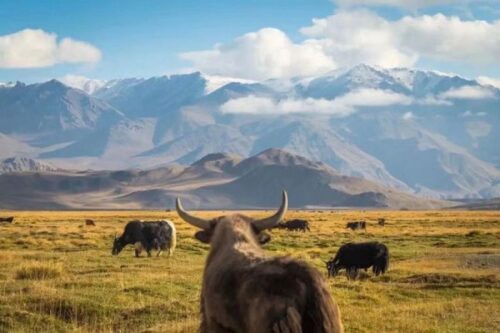21 March 2023
Yak produced 1.7 g of methane /kg W0.75 under grazing conditions, which was lower compared with published data about cattle (3.2~4.2 g of methane /kg W0.75). Over 15 million yaks free grazed in the Qinghai-Tibetan Plateau account for approximately 90% of the world’s total number of yak.

Due to the harsh environment in the Qinghai-Tibetan Plateau, which is characterized by hypoxia, strong ultra-violet (UV) radiation, severe cold and deficiencies of forage resources, yak has evolved special abilities on the metabolism of certain nutrients, morphology, and genetics. Therefore, yak shows great potential as a “low carbon” animal, which calls for systematic comparative studies of “low-CH4 emissions” from yak.

使用條款 | 隱私政策 | APLF 可持續發展